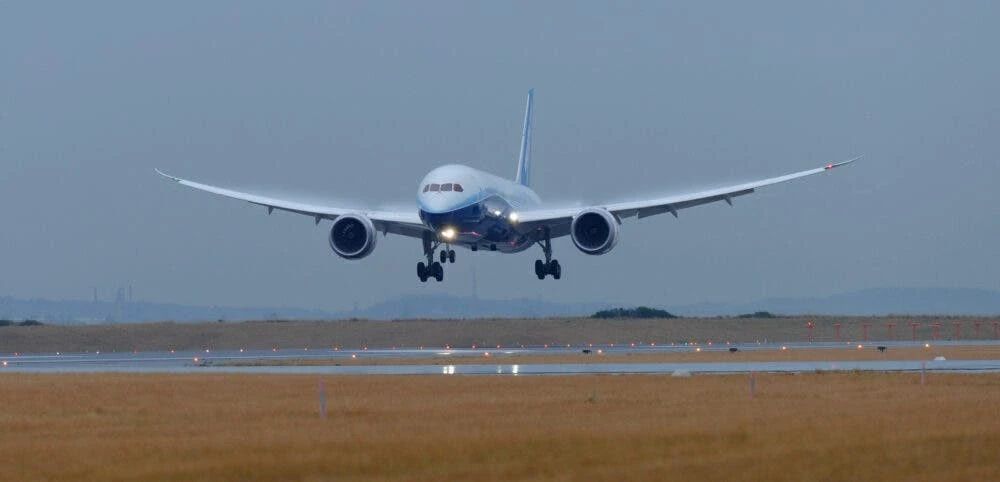Airbus A350 and Boeing 787 are the mainstream models of many large airlines around the world. From the perspective of airlines, these two wide-body aircraft can bring a huge balance between economic benefits and customer experience during long-distance flights. And this advantage comes from their use of composite materials for manufacturing.
Composite material application value
The application of composite materials in commercial aviation has a long history. Narrow-body airliners such as the Airbus A320 have already used composite parts, such as wings and tails. Wide-body airliners, such as the Airbus A380, also use composite materials, with more than 20% of the fuselage made of composite materials. In recent years, the use of composite materials in commercial aviation aircraft has increased significantly and has become a pillar material in the aviation field. This phenomenon is not surprising, because composite materials have many advantageous properties.
Compared with standard materials such as aluminum, composite materials have the advantage of lightweight. In addition, external environmental factors will not cause wear to the composite material. This is the key reason why more than half of Airbus A350 and Boeing 787 airliners are made of composite materials.
Application of composite materials in 787
In the structure of the Boeing 787, composite materials account for 50%, aluminum 20%, titanium 15%, steel 10%, and 5% other materials. Boeing can benefit from this structure and reduce a considerable amount of weight. Since composite materials make up most of the structure, the total weight of the passenger aircraft has been reduced by an average of 20%. In addition, the composite structure can be adapted to manufacture any shape. Therefore, Boeing used multiple cylindrical parts to form the 787′s fuselage.
The Boeing 787 uses composite materials more than any previous Boeing commercial aircraft. In contrast, Boeing 777′s composite materials accounted for only 10%. Boeing said the increase in the use of composite materials has had a broader impact on the passenger aircraft manufacturing cycle. In general, there are several different materials in the aircraft production cycle. Both Airbus and Boeing understand that for long-term safety and cost advantages, the manufacturing process needs to be carefully balanced.
Airbus has considerable confidence in composite materials, and is particularly keen on carbon fiber reinforced plastics (CFRP). Airbus said that the composite aircraft fuselage is stronger and lighter. Due to the reduced wear and tear, the fuselage structure can be reduced in maintenance during service. For example, the maintenance task of the fuselage structure of the Airbus A350 has been reduced by 50%. In addition, the Airbus A350 fuselage only needs to be inspected once every 12 years, while the Airbus A380 inspection time is once every 8 years.
Post time: Sep-09-2021







